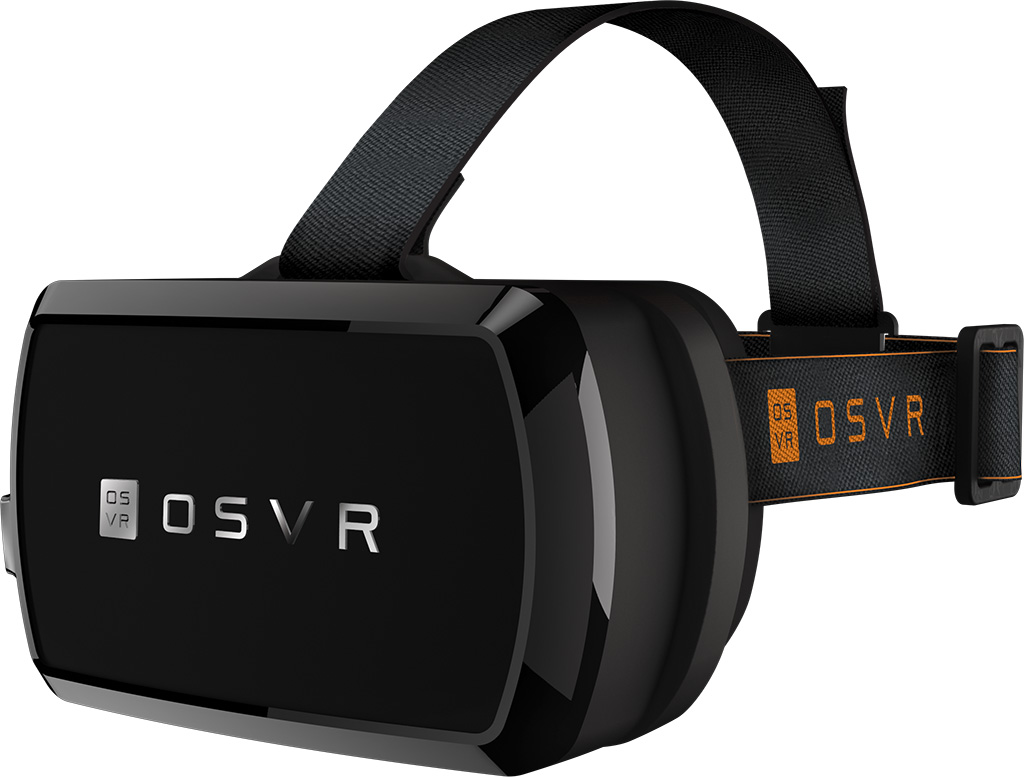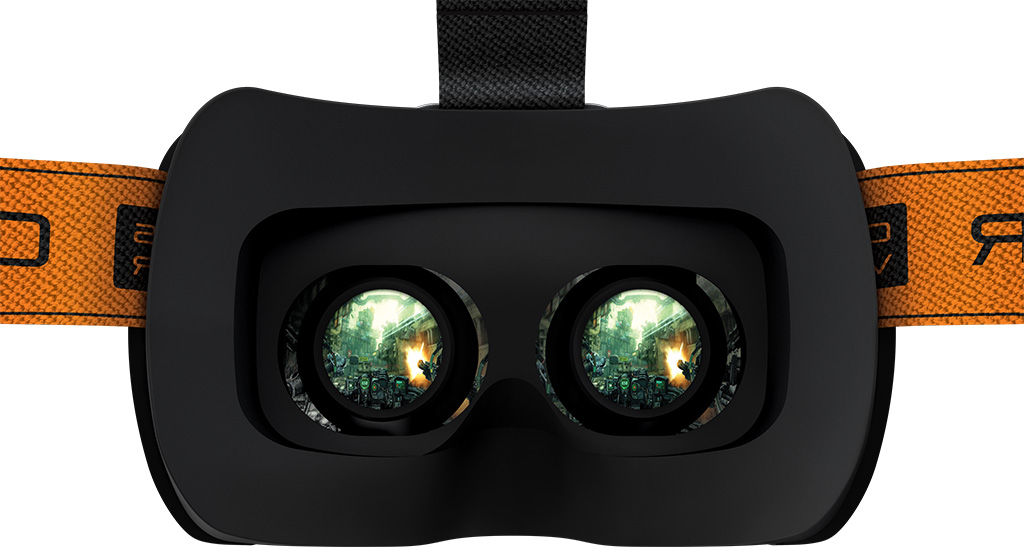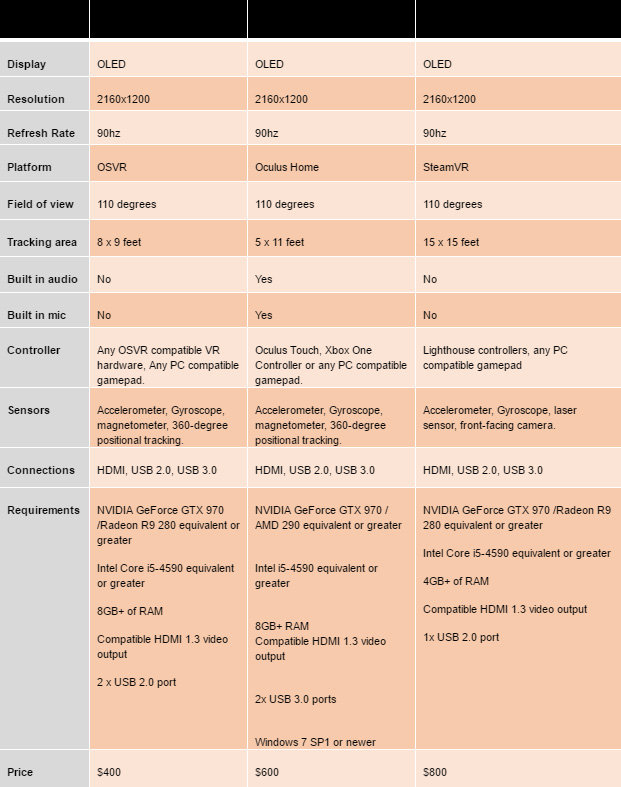Razer’s $400 HDK 2 VR headset undercuts Oculus Rift and HTC Vive
Aiming for a better value proposition.

Razer and Sensics, the two companies spearheading the Open Source Virtual Reality (OSVR) movement, just announced a second generation VR headset with an upgraded display that's supposedly on par with the Oculus Rift and HTC Vive. It's also several hundred dollars cheaper with an MSRP of $400 (€500).
"The HDK 2 allows us to meet the needs of VR fans and gamers and provide developers with affordable open-source hardware to innovate with," says Christopher Mitchel, OSVR Lead, Razer. "With the HDK 2 being able to deliver a visual experience on par with industry leaders, we will now be able to represent hardware agnostic VR media and games in all their glory for future headsets to adopt through the open source ecosystem."
Razer's on a mission to make VR accessible to a wider audience with an open source platform that doesn't lock anyone out. (If you're handy with a code editor, you can contribute to OSVR projects on GitHub.) Offering a lower cost headset in the form of the HDK (Hacker Development Kit) 2 ties in with that plan and, as far as Razer is concerned, brings parity to more expensive headsets offered by the competition.

The HDK 2 is intended for both developers and consumers. It sports a dual OLED display with a 2160x1200 resolution, 90Hz refresh rate, and 110-degree field of view. Razer also says the custom designed lenses feature a diffusion film to reduce the "screen door" effect that's sometimes seen in VR, which could be another selling point over the competition.
You'll find the same sensors in the HDK 2 as in the Rift and Vive, along with compatibility for any VR hardware any and any PC compatible gamepad. It also boasts native support for Unreal Engine 4 and CyrEngine, and of course both SteamVR and OSVR. Like the Rift and Vive, the HDK 2 must be tethered to a PC. With cable, it weighs 1.43 pounds (648.6g).
Here's a comparison chart of how the overall feature-set stacks up against the Rift and Vive:

The HDK 2 will ship in July and be backwards compatible with the HDK 1.4, which itself will continue to be available for $299.
The biggest gaming news, reviews and hardware deals
Keep up to date with the most important stories and the best deals, as picked by the PC Gamer team.
In related news, Razer also announced a $5 million OSVR Developer Fund to encourage developers to support the open source ecosystem. The fund will be available to qualified, participating VR content developers both big and small, independent or major. Those chosen will have their game codes purchased in bulk by Razer or any future contributors of the fund in exchange for support of the platform.
"We understand content developers have various development challenges and we’re committed to helping them get ahead of those barriers," says Justin Cooney, OSVR director of developer relations, Razer. "The OSVR Developer Fund helps to support initial sales while enabling developers to contribute to the VR industry as a whole. Together, OSVR and its content partners enjoy the realization of a shared vision for the future of VR."
Razer says developers will not be tied to a particular sales channel, hardware device, or development engine. Likewise, publishers will retain full creative control over their content, along with marketing and promotional support.
If you're interested in this, you can find more information on the OSVR developer fund page.
Paul has been playing PC games and raking his knuckles on computer hardware since the Commodore 64. He does not have any tattoos, but thinks it would be cool to get one that reads LOAD"*",8,1. In his off time, he rides motorcycles and wrestles alligators (only one of those is true).


